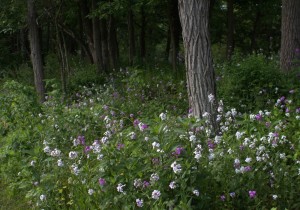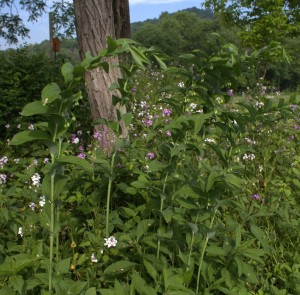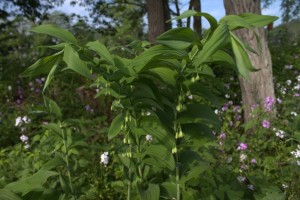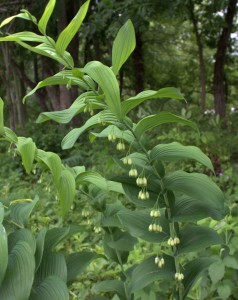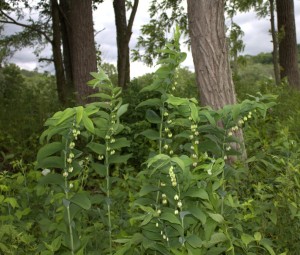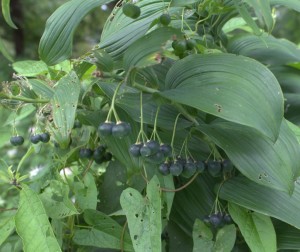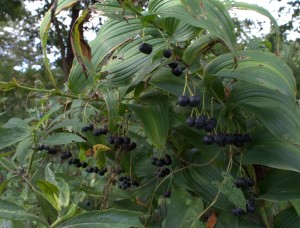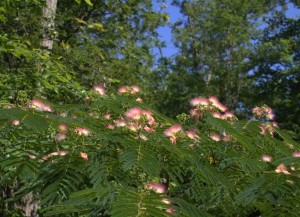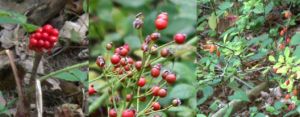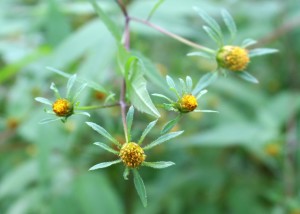Welcome back to Flower Poetry Fridays with Mrs. Sigourney. Each Friday a new poem will be posted from her The Voice Of Flowers.
TO THE MISLETOE AT THE
TOMB OF WASHINGTON.DARK plant of Superstition’s shade,
Why lift’st thou here the cheerless eye,
Where reeks no Druid’s purple blade,
To stain the Christian’s hallow’d shade,
Or dim fair Freedom’s sky ?Sacred to orgies blind and base,
Where human blood was sternly spilt,
How dar’st thou seek this holy place ?
Rude parasite ! whose foul embrace
Hast wreath’d the murderer’s hilt.Where ancient Mona’s foliage wept,
Or drear Stonehenge was wrapp’d in gloom,
Thy earthless root had fitter crept,
Thy mystic garland better slept,
Than near a Christian tomb.What though in Maro’s* fabled lore,
To Troy’s bold chief thine aid was lent,
Who dauntless trod the infernal shore,
Where sad and frowning shades of yore
Their date of anguish spent,Yet we, to Pluto’s dreary coast,
Passport from such as thee, disdain ;
We seek our hero ‘mid the host,
Where wails no grim and guilty ghost,
On Heaven’s unclouded plain.Lo ! watchful o’er his honor’d clay,
A nation sheds the filial tear ;
And pilgrim’s kneel, and patriots pray,
And plants of glory drink the day,—
Why dost thou linger here ?In war the laurel wove his crest,
The olive deck’d his sylvan dome,
The mournful cypress marks his rest,
Dark Misletoe ! the Druid’s guest,
Hence ! seek some fitter home.* The Viscum Album of Linnæus, or sacred misletoe of the
Druids, is the plant which was the passport of Æneas in his
descent to the Infernal Regions. See Æneid, Book 6th.
Today, we use ‘mistletoe’ instead of ‘misletoe’.
Hanging mistletoe at Christmastime to steal a kiss lends a happy meaning to this plant in modern times.
Here, Mrs. Sigourney thinks of mistletoe as a rude parasite with a foul embrace.
Perhaps her wariness here is regarding the parasitic nature of the plant. Surviving by stealing nutrients from a tall tree.
Maybe it’s the association of mistletoe with ancient druids as their ‘mystic garland’ that bothers her and therefore not fitting to be creeping around Washington’s Tomb.
Come back next Friday for the next installment in our series of flower poems from Mrs. Sigourney’s The Voice of Flowers, “The Ministry of Flowers”.
